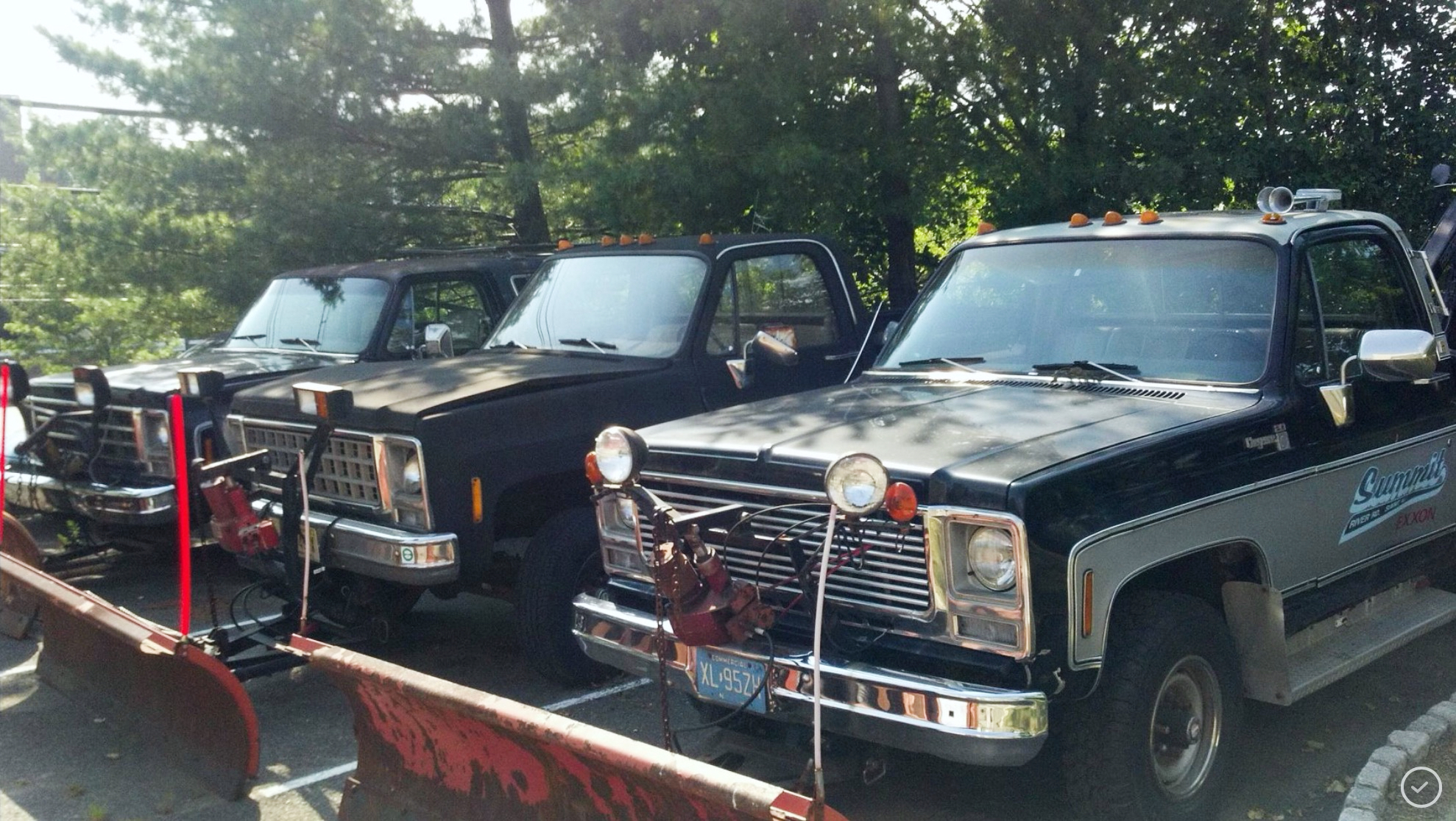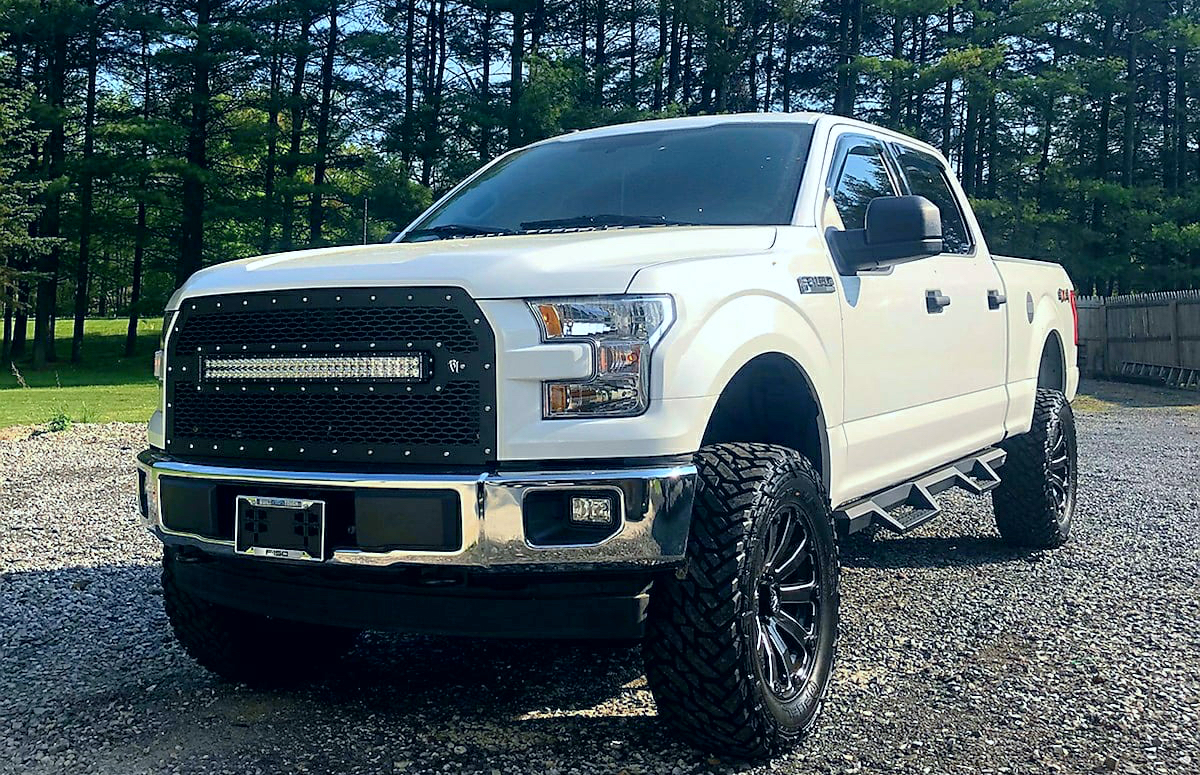
(Re-published from November 2021)…
On a recent road trip from Arizona to Florida, I was privileged to enjoy some great scenery and views that our nation’s interior has to offer. Over the course of two days driving through Texas, for example, it was interesting to watch the countryside gradually transform itself from dust clouds blowing across the western border into swamplands on the Eastern side.
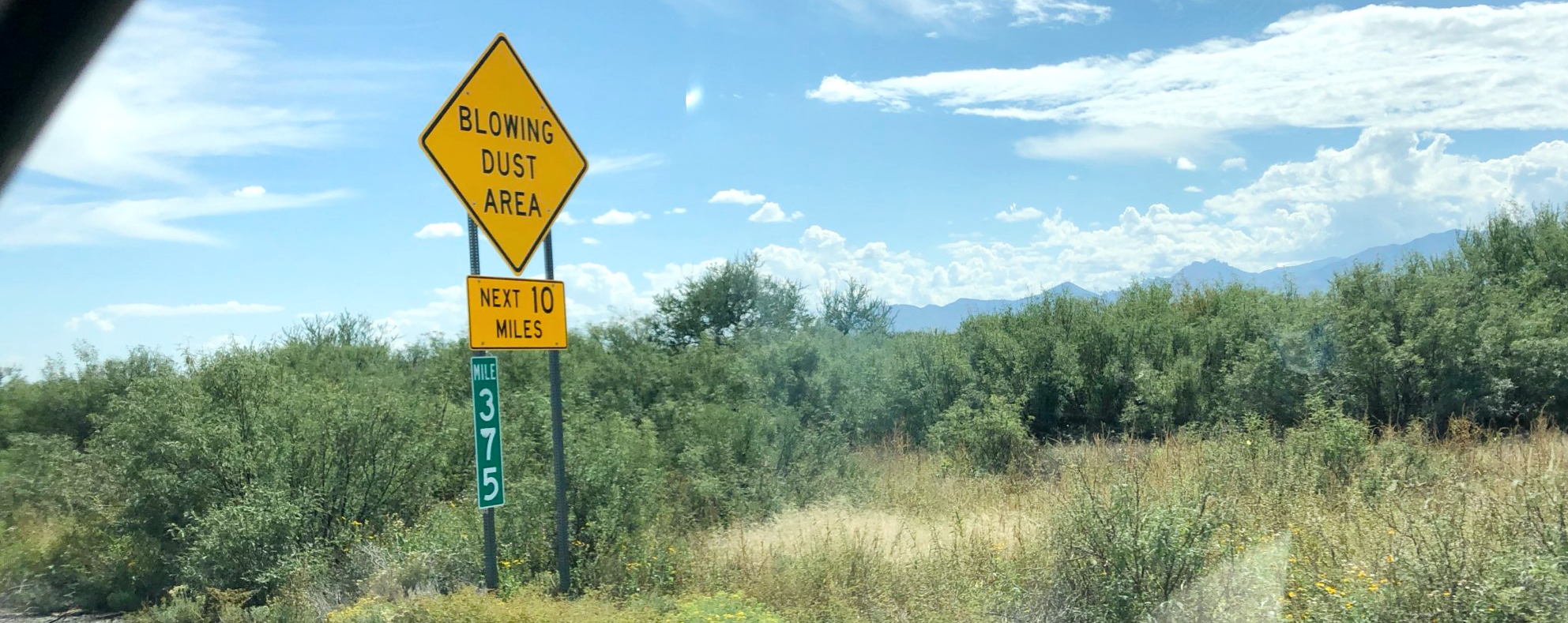
Also enjoyable was having the opportunity to observe and study a huge number of pickup trucks along the way – from battered work haulers to spotlessly clean status symbols with the names of factory packages such as “King Ranch”, “Trail Boss”, “High Country”, “Big Horn”, “Platinum”, and “Limited Longhorn” stamped onto fender emblems. I like trucks and have owned a couple myself, so I’m always interested to see how others outfit and modify theirs.
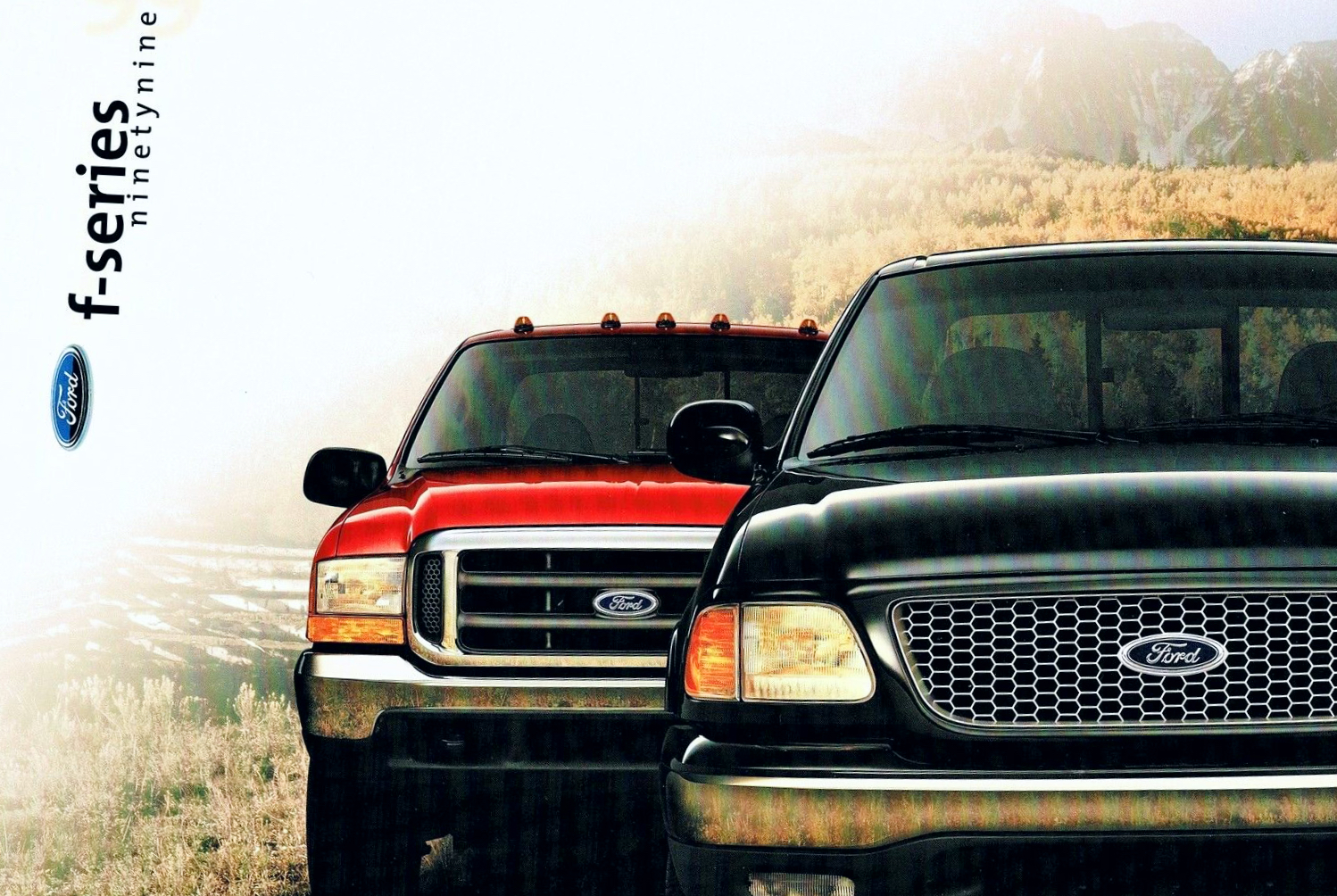
I thought about how, before Ford created an entirely different design to differentiate their 1999 F-250/350 models from F-150s, both standard and heavy-duty versions of pickups offered by U.S. manufacturers used to look the same on the outside. Higher model numbers with beefier frames and springs had a higher ride height and bigger wheels, yes, but body panels were identical. Two-wheel-drive pickups also used to sit much lower to the ground than 4wd models – but that was it. By simply lifting the ride height and adding bigger wheels, it used to be easy to make a 2wd Chevy Silverado 1500 look identical to a 4wd 3500 model.

Since that turning point at the beginning of this millennium, heavy-duty pickup trucks in general have gone in a different direction stylistically. Doors and even entire cab sections may sometimes be shared between standard and heavy-duty versions, but front ends and rear beds usually differ noticeably. Today’s F-150s and 1500 series trucks are created to be more aerodynamic and achieve higher mileage figures, because that’s what many customers ask for.
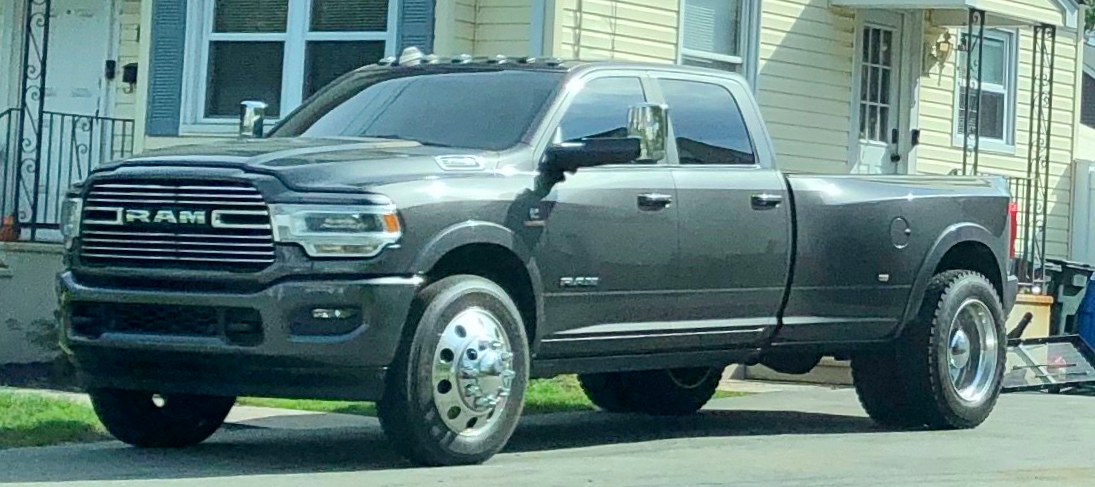
Heavy-duty models have no such constraints because buyers of them typically care more about towing and carrying capability than fuel economy. That said, heavy-duty pickups are also popular with buyers willing to pay significantly higher fuel costs for a rugged-looking commuter vehicle they like the stature of. Interestingly, today’s 2wd trucks now have the same factory ride height as 4wd versions – a fact I hadn’t noticed until I was down South where it never snows.

With the visual differences between today’s standard pickups versus heavy-duty ones in mind, I got to thinking that while it isn’t possible to make a newer F-150 or 1500 look exactly like an F-250 or 2500, there are 4 basic things a truck owner can do to trick the eye and give it the same imposing presence.
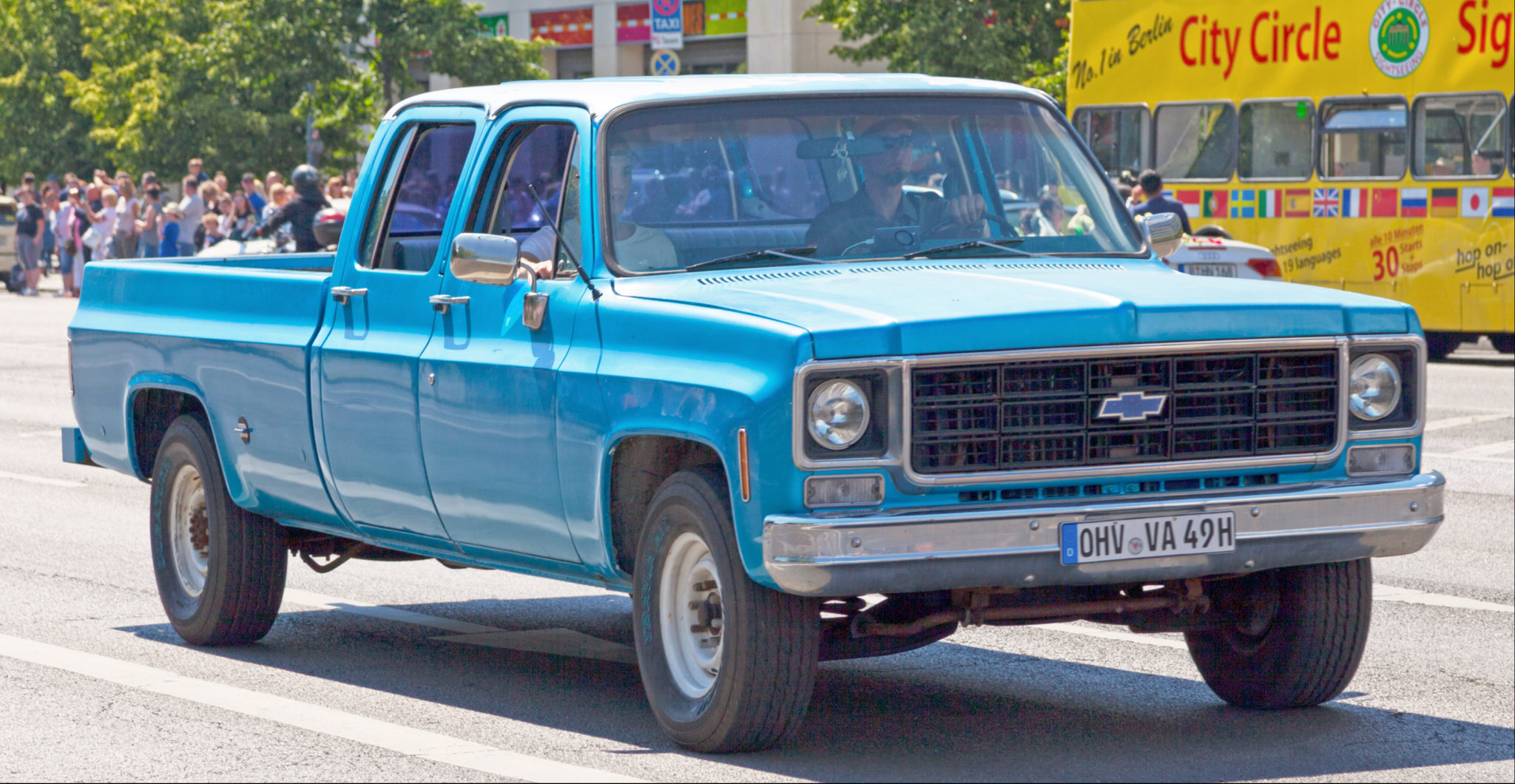
To simplify things in from this point on, I’ll use the phrase “1500 series” to encompass Ford F-150s as well as actual Chevrolet Silverado 1500 and Ram 1500 models since all of them fall under the guise of “quarter-ton” trucks. I’ll also lump heavy-duty F-250/350s and 2500/3500s together into a single “2500” category as well.
1. RAISE THE FRONT OF THE TRUCK UPWARD
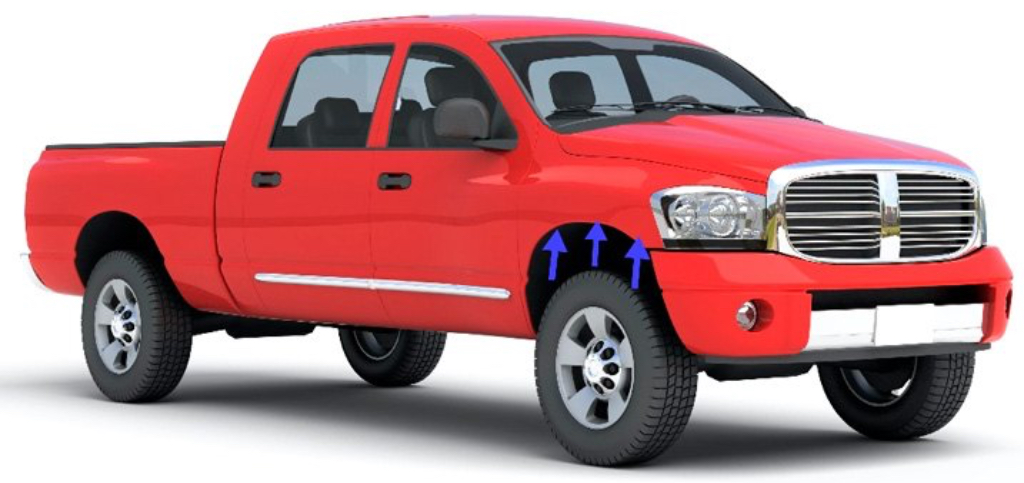
Unlike heavier-duty pickups, 1500 series models use MPG economy ratings as a marketing tool quite effectively to reach potential buyers who want the utility of a full-size truck without the fuel-guzzling nature of heavier-framed 2500s and 3500s. To achieve the highest possible EPA mileage ratings, vehicle manufacturers pull every fuel-saving trick they can think of. Perhaps the easiest and cheapest cheat is to reduce the vehicle’s coefficient of drag by setting the front ride height several inches lower. The “nose-down rake” this creates works quite effectively on pickups.

Heavy-duty pickups, however, need to be at full ride height at both ends in order to provide as much room for spring compression as possible for carrying or pulling heavy loads. Take a drive practically anywhere on U.S. roads, and you’ll quickly notice a difference in visual stance between the average 1500 and 2500 built over the last decade or so.
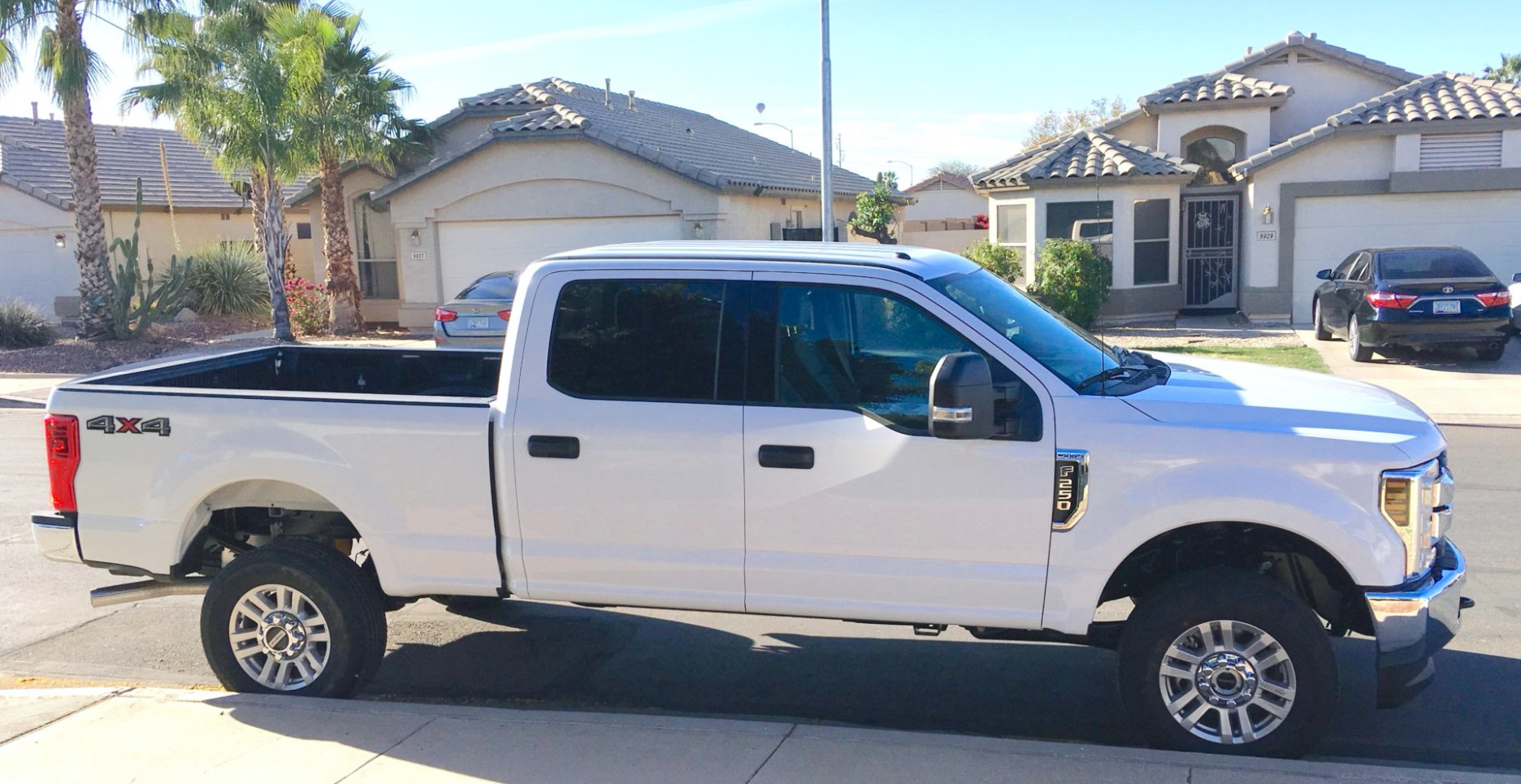
Compensating for a nose-down angle by raising the front factory ride height 2 or 3 inches will level how it sits and give you huge visual bang for the buck. Generally, spacers work effectively for 1-3 inches of lift, while new shocks and springs are recommended if you intend to go up 4 inches or more. Our article Body Lifts & Suspension Lifts From 2 to 10 Inches – What are my Lift Kit Choices? offers some helpful advice and specific recommendations on the subject.
2. REPLACE FACTORY RIMS
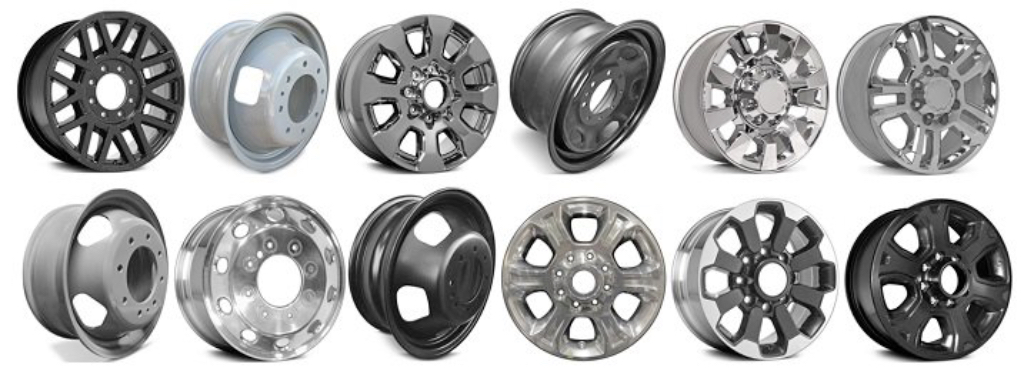
If upping your truck’s presence is the goal, ditching any factory 1500 series rims is an absolute must. Like it or not, those OE wheels will give you away no matter what other modifications you make. Of course, style and size of the replacement wheels and tires you select are an extremely personal decision, but you do have several excellent options. Should you prefer to remain factory authentic by swapping on a set of original equipment wheels found on 2500/3500 versions of your truck, you’ll find a number of recognizable choices for sale on Ebay and Facebook Marketplace by owners trading up to custom ones. You may find new OE style wheels sold by assorted aftermarket retailers, but they won’t include tires.

If you prefer to go with aftermarket wheel designs instead, custom wheels make it easy to go up in size and width – something worth considering once you have more front wheel well clearance after leveling the ride height. Considering that such a large percentage of 2500 Series truck owners go the custom wheels route, doing so is money well spent.
Whether you opt for OE style or custom wheels, it’s important to understand that factors such as wheel offset, diameter, spacing, bolt pattern, and more affect the fit and look of new wheels on your truck.
3. ADD CAB ROOF LIGHTS
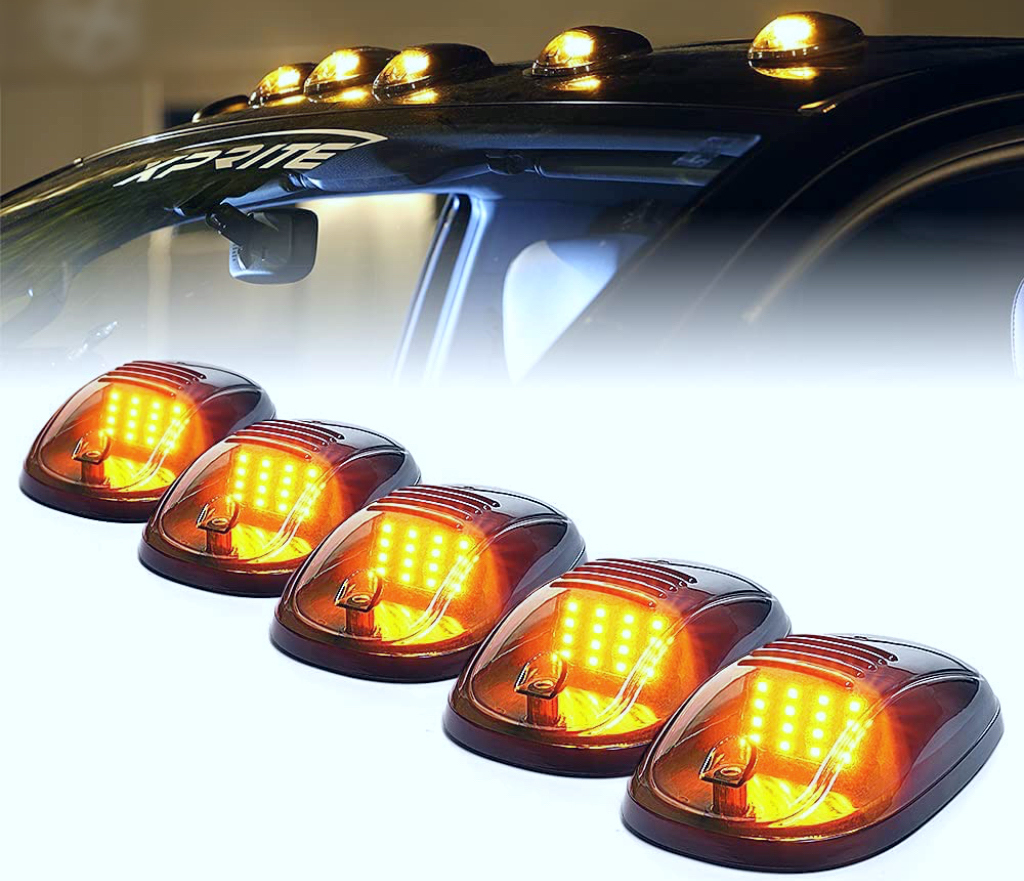
Why do certain pickup trucks have a series of 5 cab roof lights across their roof while others don’t? These lights are actually mandated by the U.S. government on vehicles over 80 inches wide. The thinking behind this, quite logically, is to alert oncoming drivers that a wider-than-average vehicle such as an 18-wheeler, box truck, or other large commercial tanker is approaching – a factor that can prove very challenging on narrow backroads. Or at the least, a pickup or SUV that’s capable of pulling an extra-wide trailer or boat is coming.
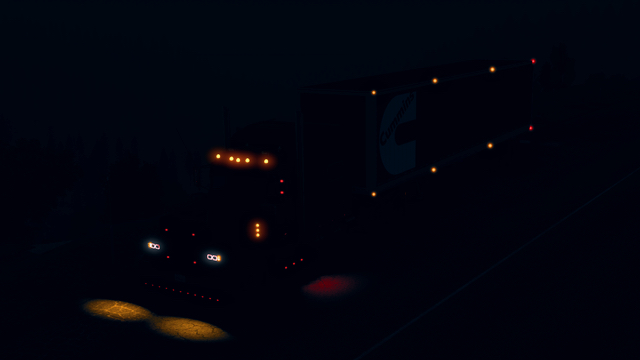
Whatever the reasons, cab roof lights are embedded in our minds from a lifetime of casual observation, and we automatically associate them with big rigs. Cab roof lights are typically found on 2500 pickups which are purposely designed to be just over 80 inches wide. Full-size truck manufacturers know full well that their 2500 customers love the big rig look these lights create – regardless of whether extra-wide loads are towed or not.
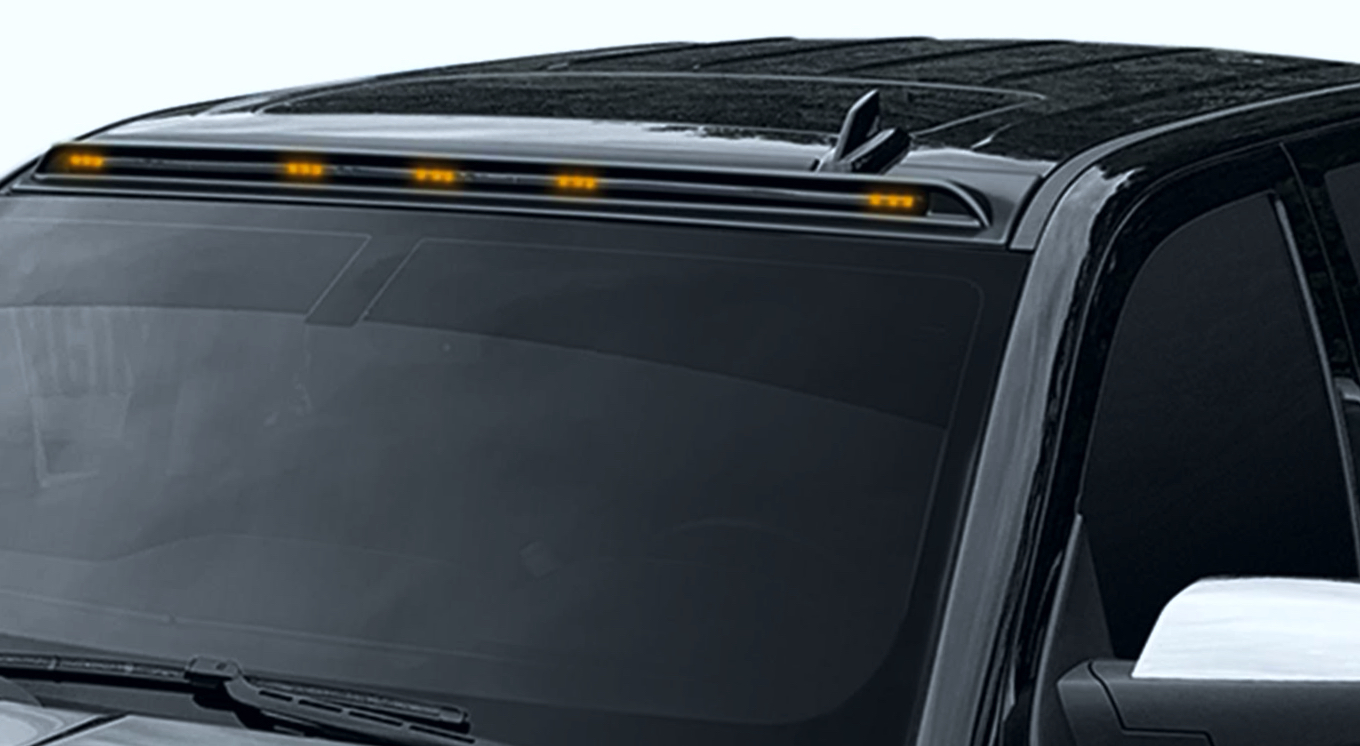
To ensure the big rig lights remain an aspirational piece on 2500 models, 1500 pickups are usually designed to fall under the 80-inch wide line where these lights aren’t required. And you’ll typically find that new vehicle configurator pages on Chevrolet, Ford, and Ram websites don’t even offer these lights as an option on 1500s.
With this in mind, we recommend the installation of cab roof lights on the roof of your truck. Most are sold as sets of 5 separate LED lights, but aero style cab roof lights encased in one sealed assembly are growing in popularity. For both styles, installation will require drilling a hole (or holes) in the roof metal. The headliner will also need to be dropped temporarily, but there’s no major surgery in terms of wiring.
4. DITCH THE FACTORY GRILLE AND INSTALL A NEW ONE

We recommend replacing your OE 1500 series factory grille for the same reason we recommend replacing factory wheels – it can often be a dead giveaway you’re not rolling in a heavy-duty model. Since plenty of 2500 series owners install custom grilles, fitting one on your truck can thoroughly complete the heavy-duty transformation.
More and more custom grilles feature built-in LED lights modeled after big rig cab roof lights, and these can nicely complement a set of those lights up top. Or, if you don’t want to cut holes in your roof, grille lights offer much of the same effect.
